Here are our best recommendations for OctaneRender workstations at the end of 2020 and going into the new year.
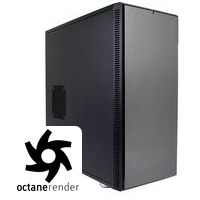

Here are our best recommendations for OctaneRender workstations at the end of 2020 and going into the new year.
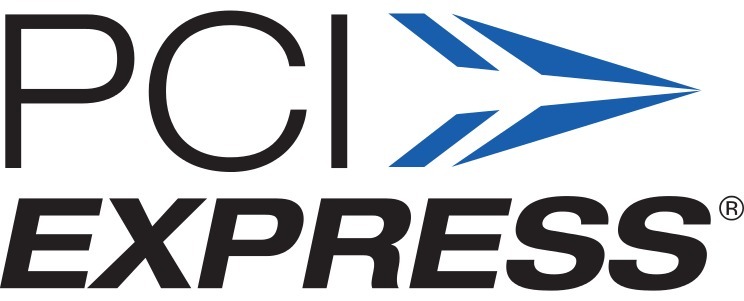
PCI-Express has been the standard for connecting video cards and other expansion devices inside of computers for many years now, and several generations of the technology have now passed. With each of those generations, the amount of data that can be transferred over the PCIe connection has increased. How much impact does that have on modern video cards? Is there any benefit to running a PCIe 3.0 card in a 4.0 slot, or loss if using a 4.0 card in a 3.0 slot?
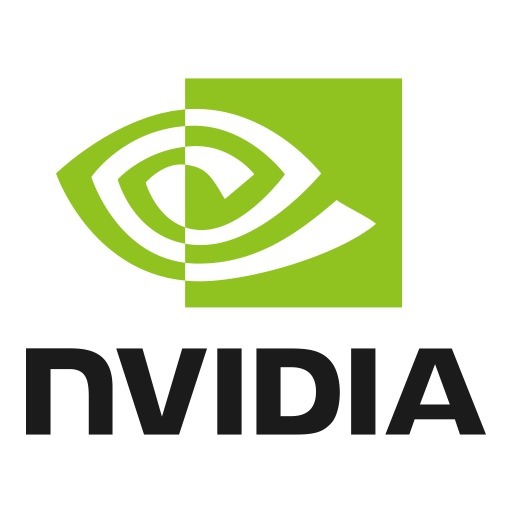
With the initial launches in NVIDIA’s GeForce RTX 30 Series complete, and availability getting better, it is time to look at how well these cards scale in multi-GPU configurations for rendering within Redshift, OctaneRender, and V-Ray.
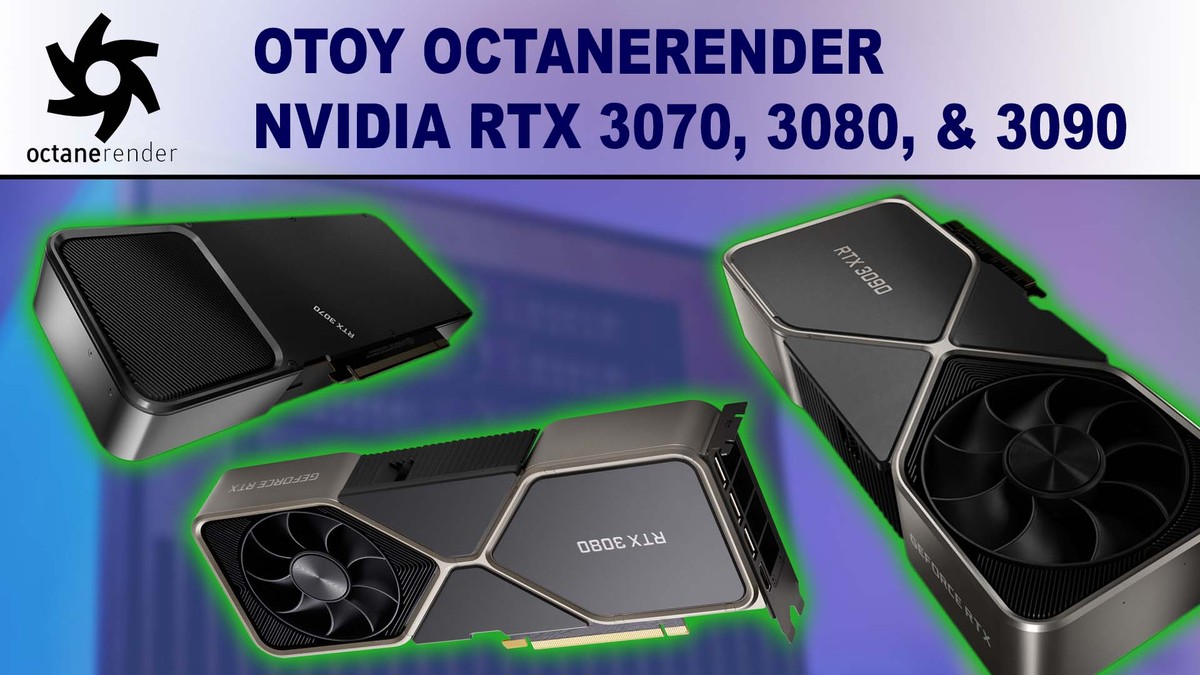
With the first three models in NVIDIA’s GeForce RTX 30 Series now available, how do the RTX 3070, 3080, and 3090 stack up? In this article we take a look at how they compare to each other as well as the previous generation of GeForce and Titan cards in OTOY’s OctaneRender.
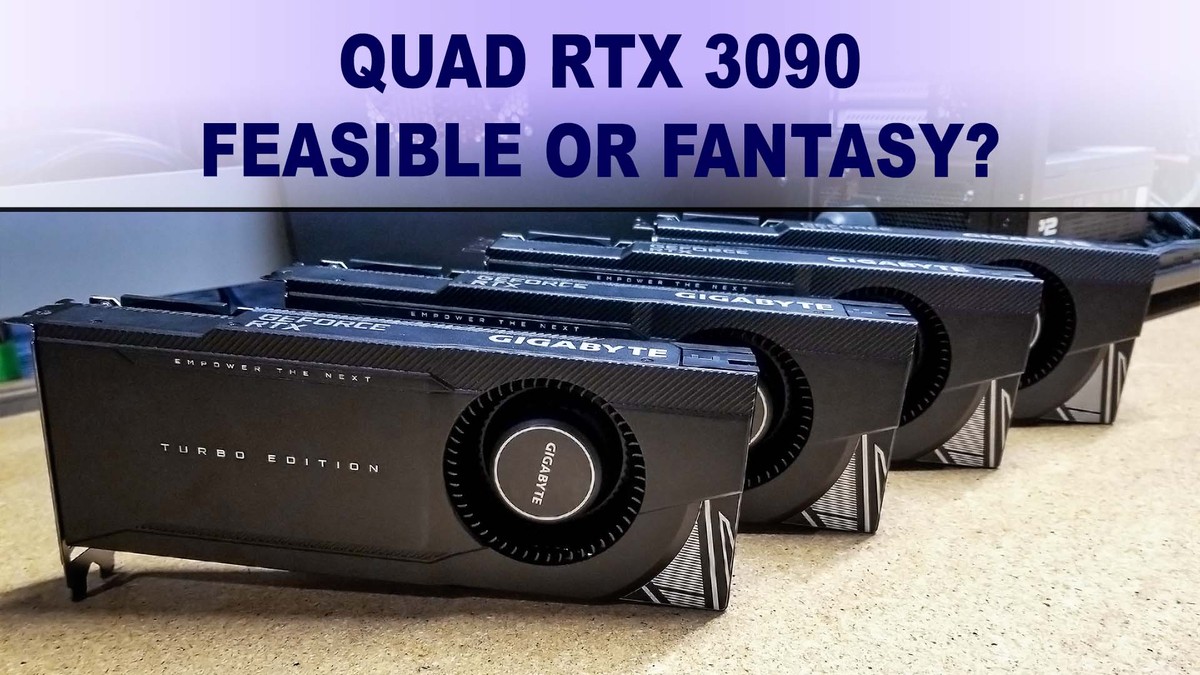
NVIDIA’s new GeForce RTX 3090 24GB is an incredibly powerful GPU, but the power consumption makes it difficult to use even two cards in a desktop workstation. Are three or even four GPUs possible, or is the heat and power draw too high to be feasible?
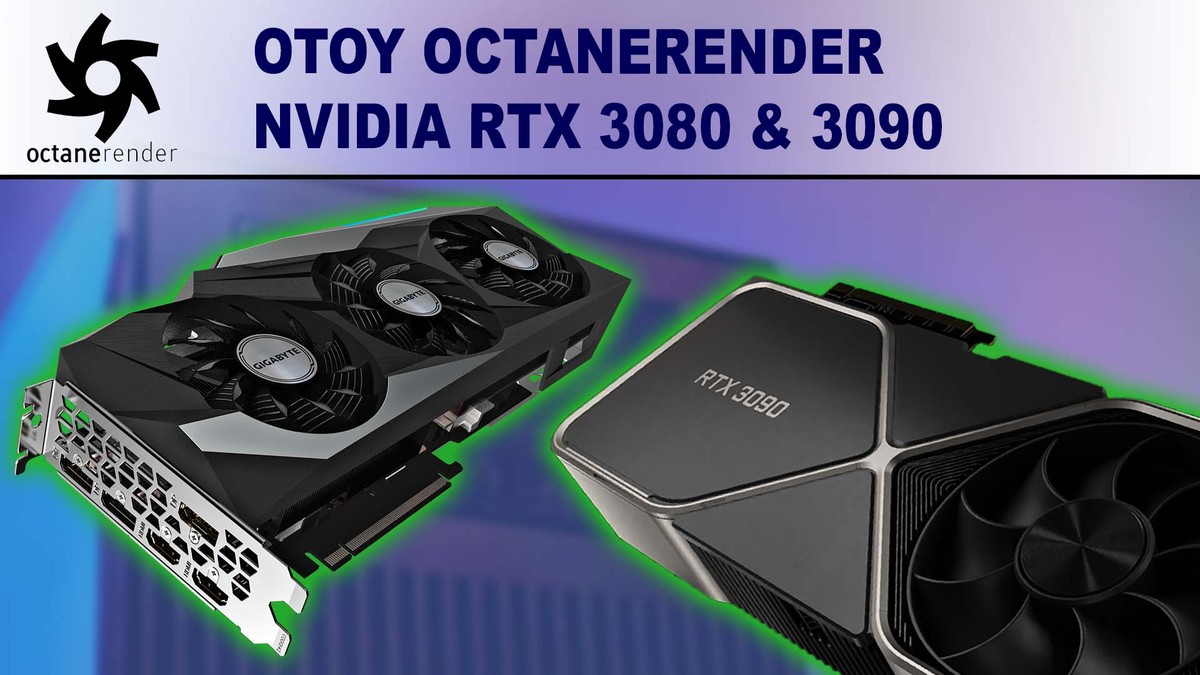
NVIDIA’s GeForce RTX 30 Series cards are here, with NVIDIA boasting significant performance gains over the previous generation. The RTX 3080 launched last week, and now with the RTX 3090 released today we can compare these models to each other as well as the older 20 Series to see how they stack up in GPU based rendering engines like OTOY’s OctaneRender.
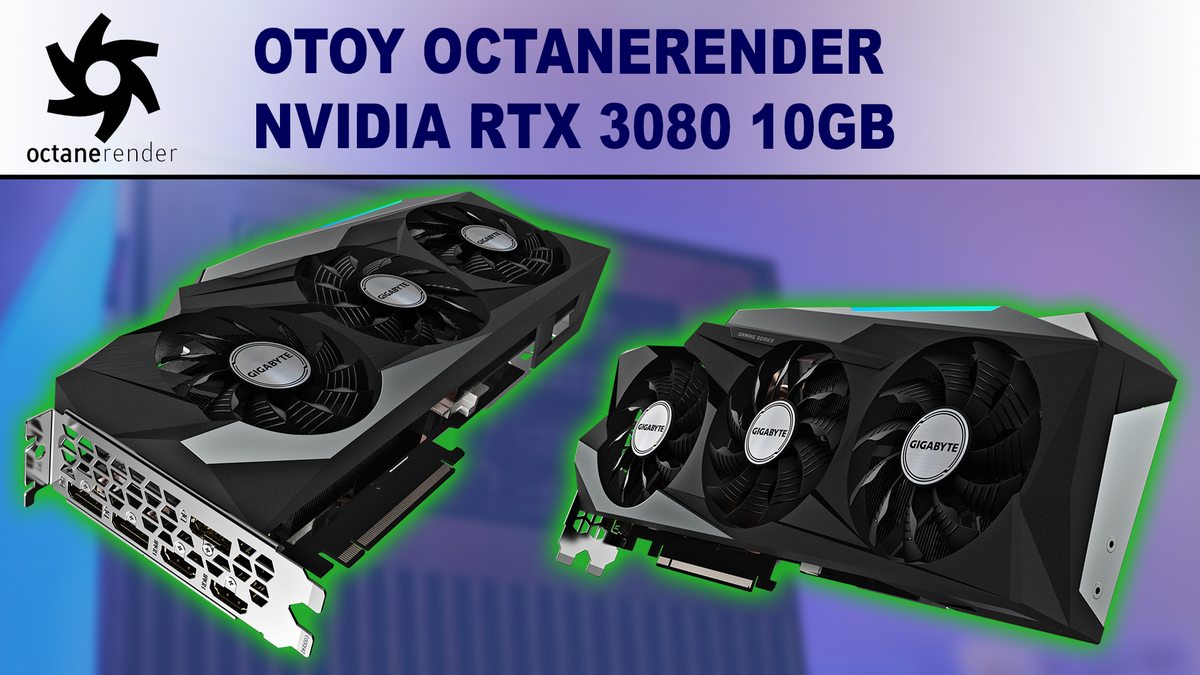
The RTX 3000 series cards are here, with NVIDIA boasting significant performance gains over the previous generation. With the RTX 3080 now launched, we can find out how large those gains are in GPU based renderers like OTOY’s OctaneRender.
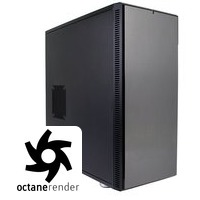
In a new series of short articles we will be looking at the best computer system specs for a variety of popular applications, starting with OctaneRender by OTOY.
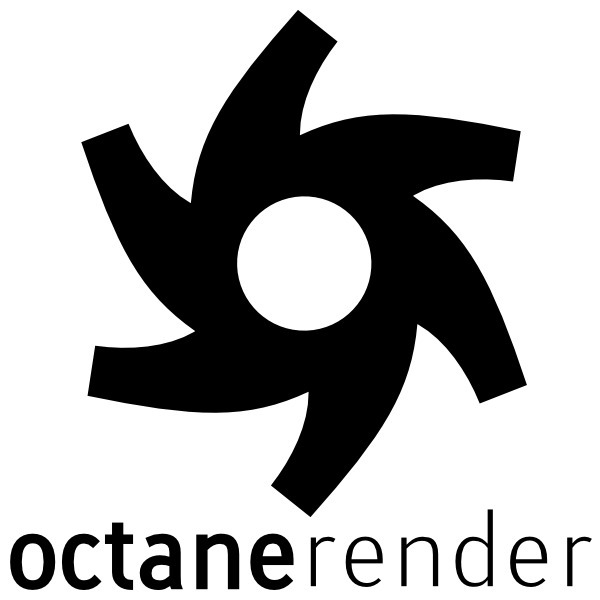
OctaneRender is a GPU-based rendering engine, utilizing the CUDA programming language on NVIDIA-based graphics cards. With the launch of NVIDIA’s new GeForce RTX “SUPER” series of video cards, we are taking a look at how the whole RTX lineup performs on both the current OctaneRender 4 and the upcoming 2019 release which adds support for RTX technology and greatly increased rendering speeds.
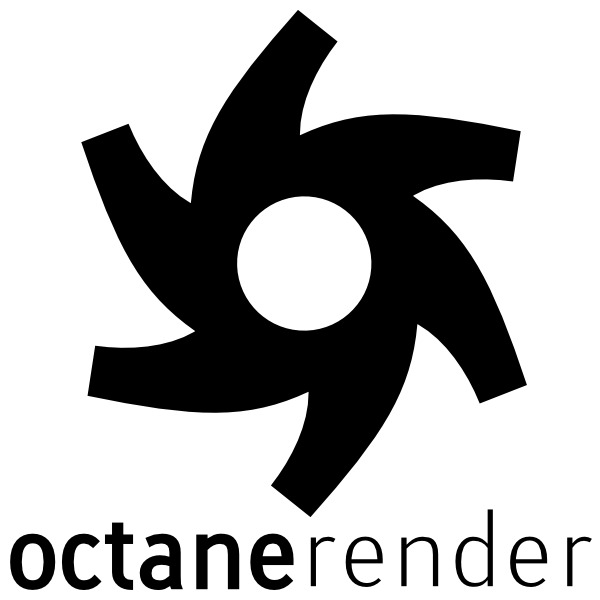
OctaneRender is a GPU-based rendering engine, utilizing the CUDA programming language on NVIDIA-based graphics cards. The upcoming 2019 version is adding support for the dedicated ray-tracing hardware in NVIDIA’s RTX series of video cards, and a preview of the OctaneBench tool was released recently to show a sneak peek at what we can expect from this technology. We rounded up the whole GeForce RTX card line – along with the Titan RTX – to see how they compare to each other and how much of a boost RTX tech can provide.